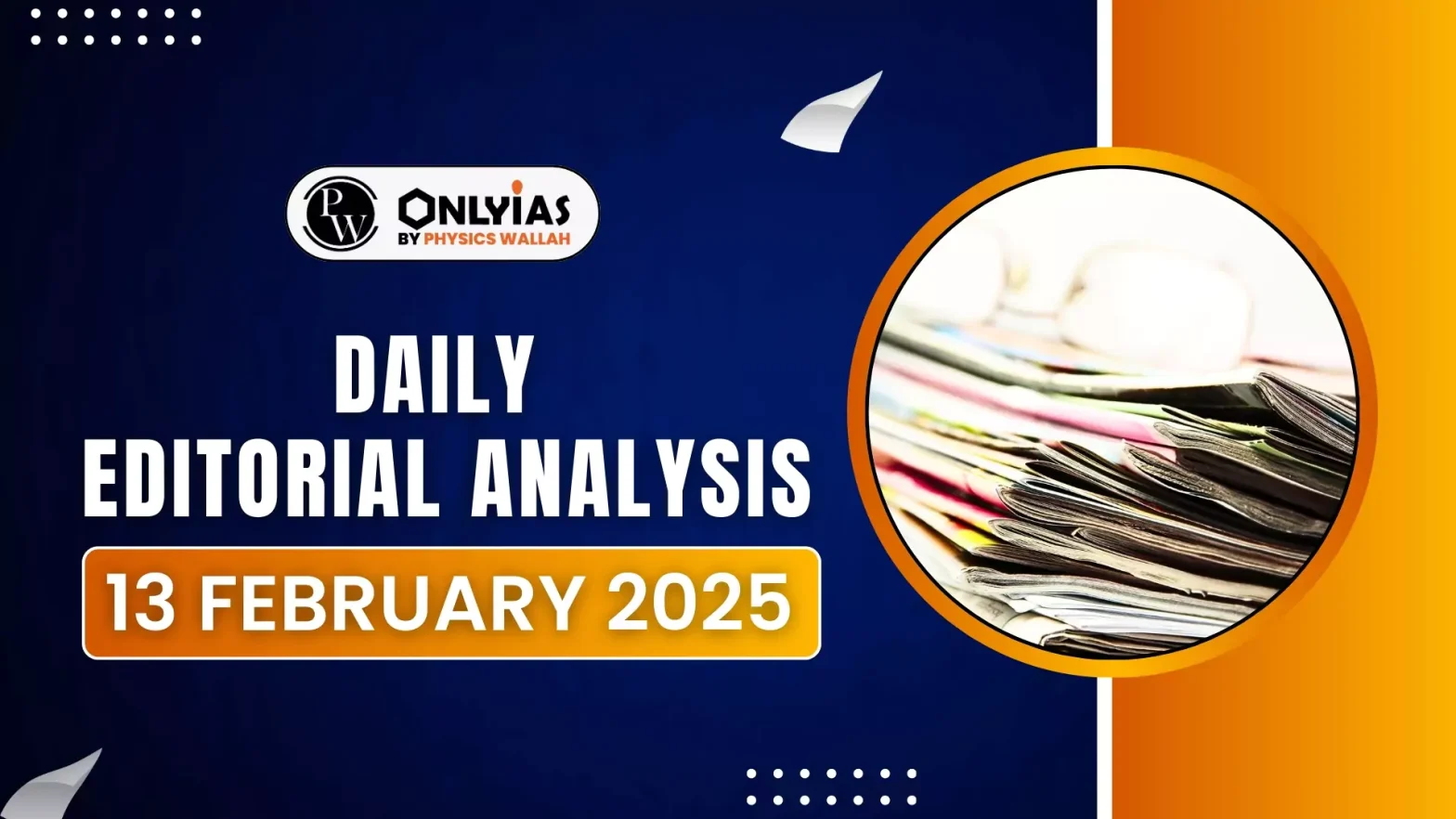Chief of Air Staff, Air Chief Marshal A.P. Singh, has expressed his displeasure over delays in the delivery of Tejas fighter jets, particularly the Tejas Mk1A variant, by Hindustan Aeronautics Limited (HAL).
Indian Air Force’s Combat Jet Shortfall
- Shortage: The Indian Air Force (IAF) currently operates around 30 combat jet squadrons, well below its sanctioned strength of 42.
- Security Challenges: This shortfall has persisted for decades, even as pressure on the force continues to rise, given the country’s security challenges in a region marked by two major adversaries (Pakistan and China).
- Serious Concerns: In this context, IAF Chief, Air Chief Marshal AP Singh’s recent remarks expressing a lack of confidence in Hindustan Aeronautics Limited (HAL) have raised significant concerns about India’s defense manufacturing capabilities.
| A fighter squadron is a military unit made up of fighter aircraft and the pilots who fly them. It plays a crucial role within an air force, tasked with executing air operations in combat areas. Typically, a fighter squadron is made up of 18 fighter aircraft. |
Role of HAL in IAF’s Combat Fleet
- Tejas Would Replace MiG-21: HAL, the country’s sole manufacturer of combat jets, plays a critical role in supplying aircraft to the IAF. The Light Combat Aircraft (LCA) Tejas is expected to replace the aging MiG-21. Its design dates back to the late 1950s.
- Concerns Over HAL’s Capabilities: However, delays in the delivery of the LCA by HAL have forced the IAF to postpone phasing out the MiG-21 squadrons. The LCA Tejas is seen as a cost-effective and capable aircraft, but its production timeline has faced repeated setbacks.
Challenges Faced by the LCA Program
- Continuous Delays The LCA program, conceived in 1983, experienced its first flight in 2001 but has been plagued by delays over the years.
- Internal Challenges: Although the IAF currently operates two LCA squadrons, HAL has already missed its delivery schedule for the more advanced LCA Mk-1A due to issues with the supply of engines by General Electric.
- External Challenges: Key challenges have included sanctions imposed by the US, restrictions from Denmark, and delays in receiving equipment from both Russia and the US, especially the engine that powers the LCA.
| Engine supply issues have also contributed to the delays. The hold-up in deliveries of GE F404 engines from GE Aerospace in the USA, which were originally scheduled for March 2023, has been further delayed. As a result, the government has imposed penalties on GE Aerospace for the delay. |
IAF’s Concerns About HAL’s Performance
- Air Chief Marshal AP Singh’s frank assessment of HAL highlights the growing concerns within the IAF regarding the organization’s ability to meet its commitments. The IAF has substantial stakes in the success of HAL, with plans to acquire up to 190 LCAs.
- Retiring Old Combat Jets: However, delays and the failure to meet production timelines are causing significant disruptions, particularly as the IAF faces the looming task of phasing out older combat jets such as the Jaguars and Mirage-2000s by the end of the decade.
Way Forward
- HAL and DRDO: There has been a longstanding sentiment within the armed forces that both HAL and the Defence Research and Development Organisation (DRDO) have overextended themselves.
- Time to Audit: The time may have come for a comprehensive audit of these organizations to assess their performance and identify the root causes of their failure to meet deadlines.
- Accountability: Establishing accountability and addressing these institutional shortcomings is critical, especially as India seeks to achieve self-reliance in defense production and expand its export footprint.
- Private Sector: Private players need to take on a larger role in the defense sector.
- Aid From Foreign Players: Strengthening partnerships with foreign players is essential, along with pushing for technology transfer through diplomatic efforts.
Conclusion
India’s aspirations to become self-reliant (aatmanirbhar) in defense production hinge on the performance of institutions like HAL and DRDO. A thorough evaluation of their capabilities and processes is essential to ensure that the country can meet its defense needs on time and bolster its defense industry for both national security and international exports.
![]() 13 Feb 2025
13 Feb 2025

